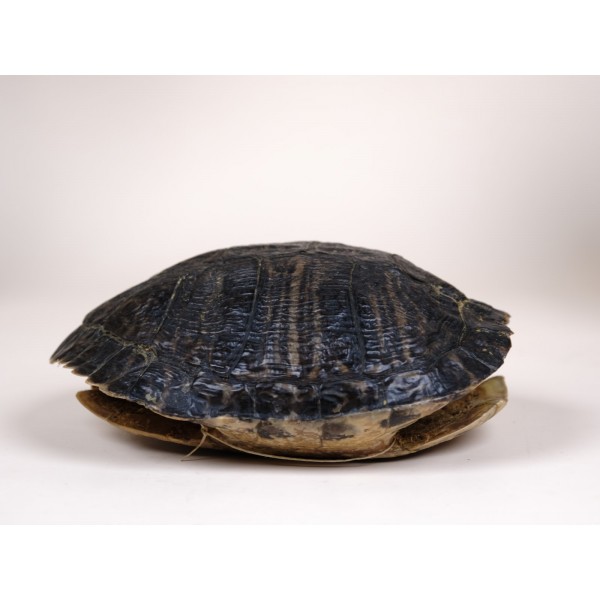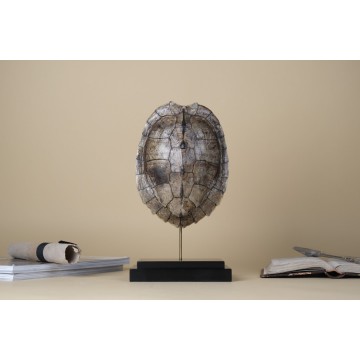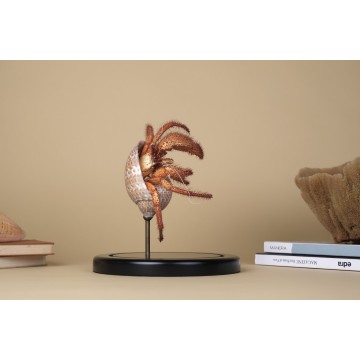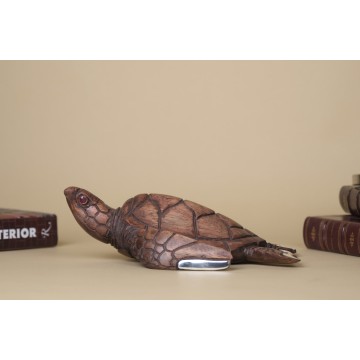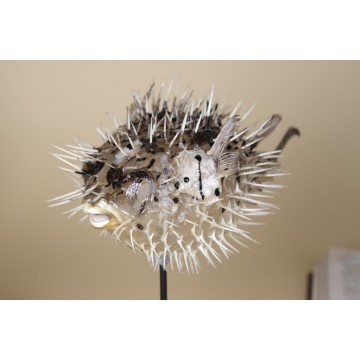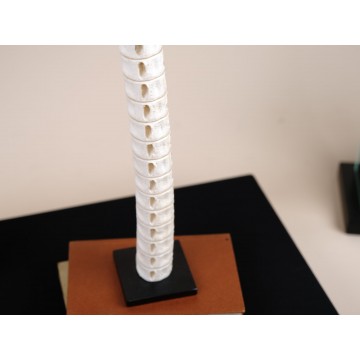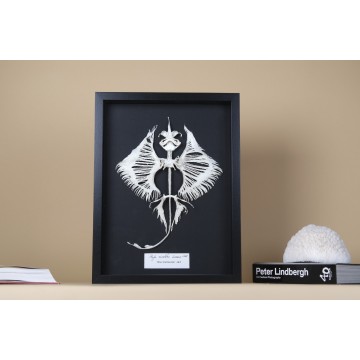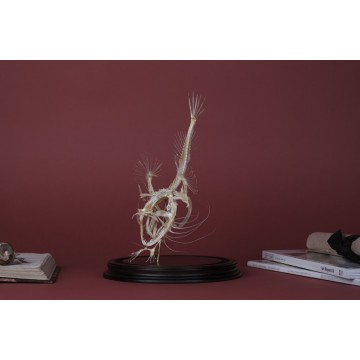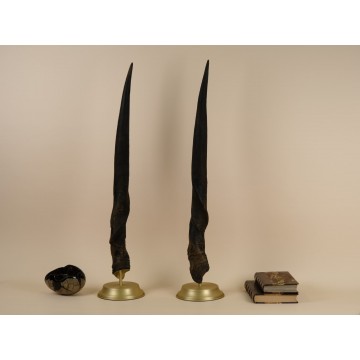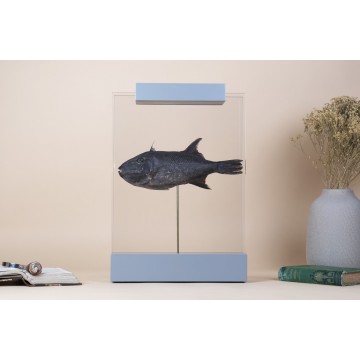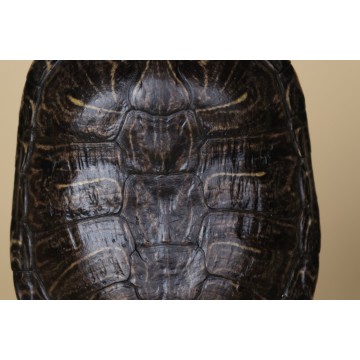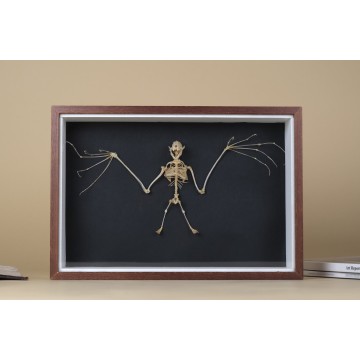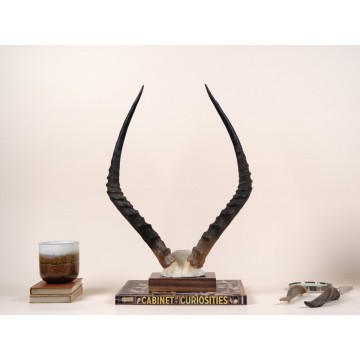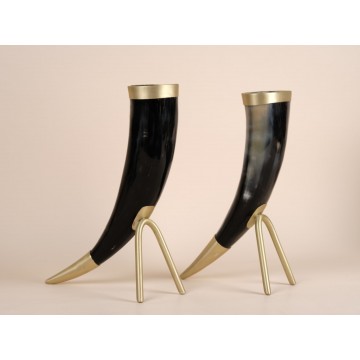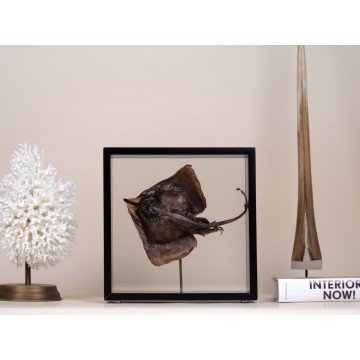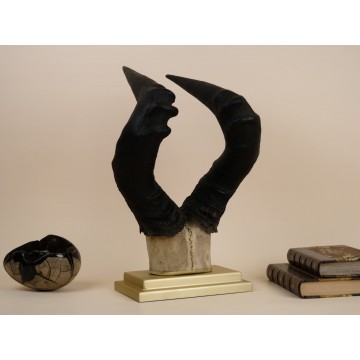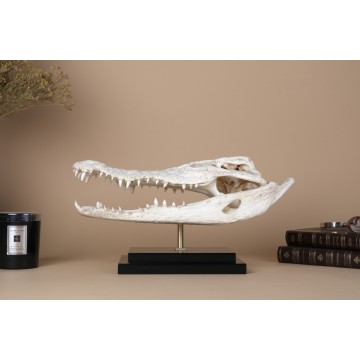Graptemys pseudogeographica Turtle
Graptemys pseudogeographica – the False Map Turtle – is a freshwater species native to rivers. A strong swimmer, the false map turtle prefers rivers and large creeks with moderate currents, where aquatic vegetation, snags, and floating logs are abundant. It is also well-adapted to deep, fast-moving waters. While they can be found in oxbow lakes and sloughs, they are absent from lakes, ponds, and small streams.
This species is known for its striking pattern. This particular specimen comes from northern Mexico and is a non-CITES species.

